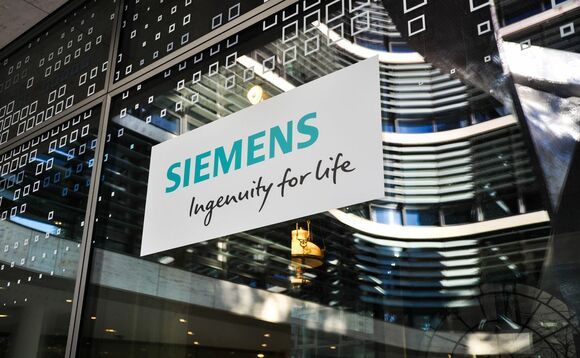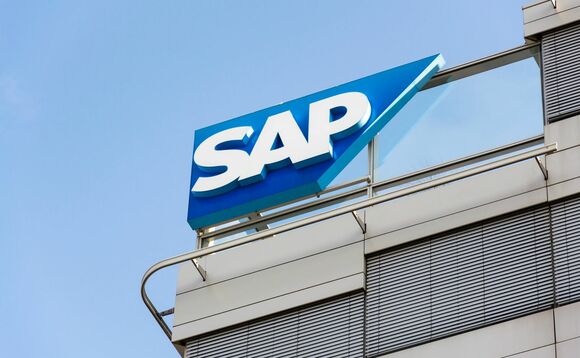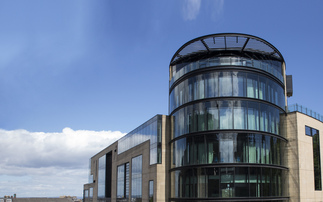Which four stocks are able to withstand escalating economic risks?
Despite heightened political and economic risks around the globe today, Jacob Mitchell, portfolio manager and CIO of Antipodes Partners, looks at the four companies he believes could stand firm this year.

Facebook
We added Facebook to the portfolio last December – at less than 20x earnings, a very attractive price for the growth and quality it displays – when the market became very concerned about regulation and a slowdown in advertising rates.
Due to the work we had already done, we observed this slowdown would be temporary, as advertisers were shifting from the 'news feed' to the 'stories' format.
In addition, we believe regulation is lifting barriers to entry and is providing a moat to Facebook's business.
We believe Facebook has a long runway to monetise its platforms, via both advertising and e-commerce opportunities.

Siemens
As the market herds into growth stocks, cyclical names have become incredibly cheap – even pricing in recessionary outcomes.
Therefore, we have selectively added cyclicals to our portfolio – in companies displaying a structural growth story, such as Siemens.
The market views Siemens as a giant messy conglomerate, but the company is slimming down its portfolio, with almost half of its earnings set to come from its digital factory business.
The digital factory is the next wave of industrial evolution, incorporating both hardware and software to fully digitise the production process – from concept through to mass production.
Siemens is the only company able to provide a complete end-to-end integrated solution. But it trades at a significant discount to the pure-play companies, as all the market can see is a chaotic conglomerate.

SAP
We also added to our software incumbent cluster through SAP. Via its own product development and acquisitions, SAP has transitioned itself from just a back-office enterprise resource planning system to a software stack.
It offers customers many insights, from the design of products right through to feedback of the user experience. It then feeds back this user experience and data.
SAP’s portfolio allows the complete digitisation of the enterprise. Just like Microsoft and Cisco, SAP is the incumbent, allowing the advantage of scale and customer lock.

Sony
Technology conglomerate Sony is another recent addition to the portfolio, which we bought at 9x earnings.
Sony is the number one player in high-end image sensors for cameras, which is another structural growth story with very high technological barriers to entry.
The image requirements for camera handsets are going up, which translates into more image sensors per camera. Samsung, the number two in image sensors, only uses Sony sensors in its high-end handsets.
Sony’s music business is also growing, thanks to the likes of Spotify and Apple Music. For every $10 spent on Spotify, $7 must go back to the music label and Sony is one of three labels at the forefront of this.
Furthermore, Sony has the dominant gaming console –the PlayStation 4 – with the largest online streaming service. It has more than 40 million subscribers paying a monthly fee, while it also takes a 30% cut of in-game downloads.
Despite heightened political and economic risks around the globe today, Jacob Mitchell, portfolio manager and CIO of Antipodes Partners, looks at the four companies he believes could stand firm this year.
The US Federal Reserve began the process of shrinking its balance sheet at the end of 2017 and will continue on this path until December.
So, despite the recent dovish language of the Fed and other central banks, balance sheets have contracted 3% over the last year. Liquidity is being sucked out of the system and this is being led by the Fed.
Pairing this with recent soft manufacturing and industrial production data coming out of the US, conditions may already be too tight and the Fed may be in danger of making a policy error.
We also remain worried about the broad deterioration of corporate credit. While the stock of outstanding debt is high in an absolute sense, the growth in non-investment-grade credit is the particular concern.
Worryingly, the growth in lower quality debt has occurred in weaker businesses that are increasingly under the threat of disruption. Companies have used a low interest rate environment to take on debt, buy back stock and pay dividends, rather than invest for the future.
So, while global stocks have rallied about 20% from the December 2018 lows, we see many risks building. We still have to contend with trade war fears, European political instability and a bubble in growth stocks.
As humans, we misjudge the likelihood and impact of rare events. Like a Jenga tower, while we may not be able to pinpoint the precise moment of collapse, we can observe building instability.
The price action in Q4 2018 is a reminder of what can happen when such risks come back to the fore.
Despite heightened risks, we continue to take advantage of the market's tendency for irrational extrapolation.


















